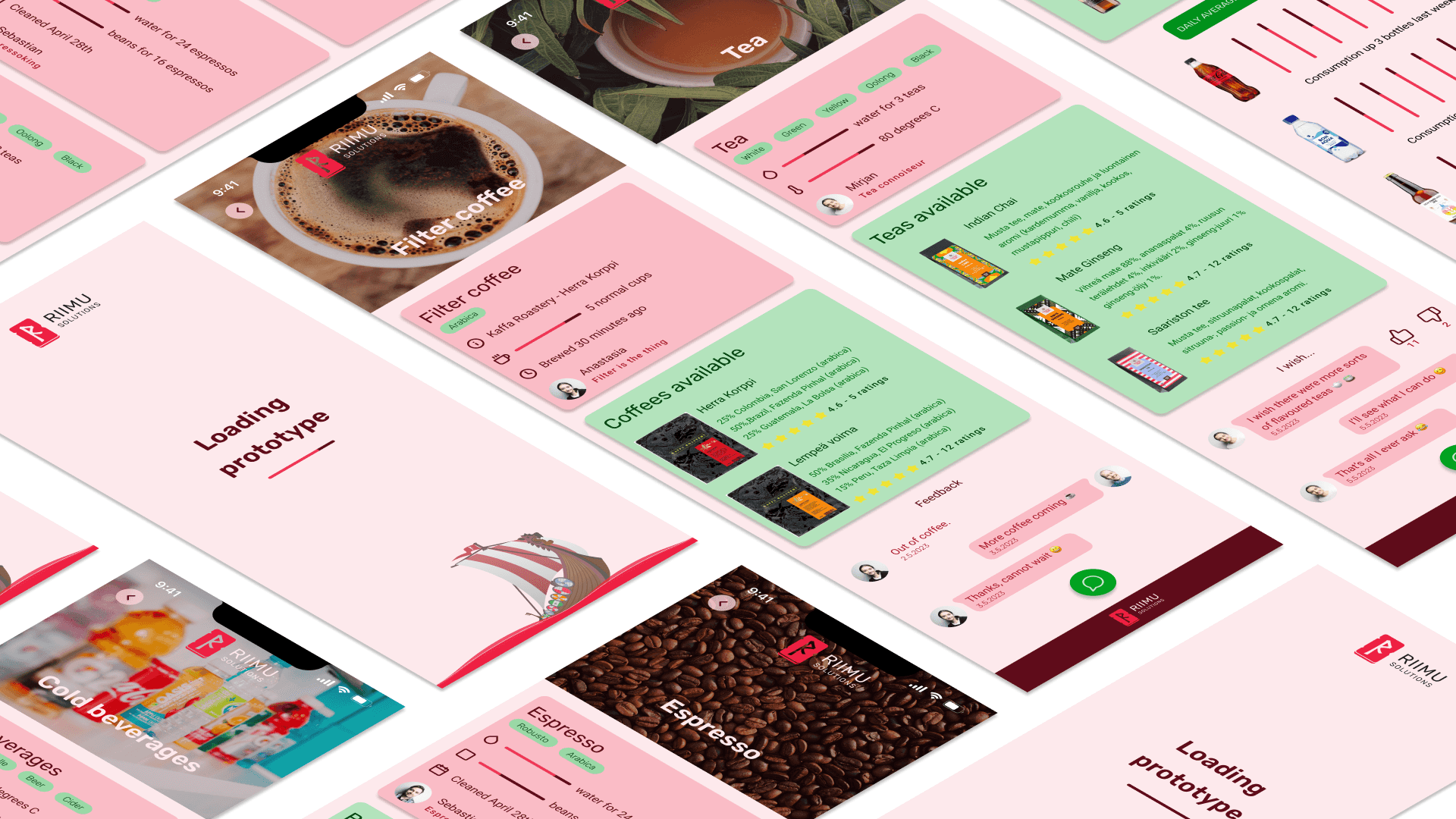If a picture says more than a thousand words, then an interactive prototype says more than a thousand pictures. Interactive prototypes are mockups of your service that look and behave like the real thing. They allow you to simulate the user experience and get feedback on the usability, functionality and desirability of your service. You can use them to validate your assumptions, identify problems and opportunities, and iterate on your design before committing to invest.
Pros of prototyping
But why should you use interactive prototypes as part of your service development process? Here are some benefits:
- They demonstrate concepts clearly. Interactive prototypes give clients, colleagues, and stakeholders a clear idea of how a solution works. They offer insights beyond flat images by simulating real interactions and animations, leading to clearer discussions and less confusion.
- They increase collaboration and communication. You can share your interactive prototypes with your team, clients and stakeholders, and get their input and feedback. You can also use them to co-create with your users, involving them in the design process and making them feel valued and heard.
- They help validate assumptions. When working on a new product or feature, there may be many unknowns. Creating a prototype helps you validate whether your assumptions are accurate. This ensures that you build something that meets actual user needs rather than what you think they need.
- They improve quality and user satisfaction. By testing your interactive prototypes with real users, you can discover and fix issues before they become costly mistakes. You can also learn what your users really want and need, and tailor your service accordingly.
- They save time and money. Instead of spending lots of time coding or building physical models, you can create interactive prototypes using tools like Figma in hours or days. You can also reuse and modify them easily as you refine your concept.
We’ve created a small prototype of a fictional service here at Riimu to give you a better understanding of what we mean by prototypes. Of course we will always tailor the scope and fidelity to match your needs. See a video below for an example of the prototype.
So, if you want to create better services faster and cheaper, you should definitely use interactive prototypes as part of your service development process. Reach out to hear how we at Riimu can help you get started with prototyping.





